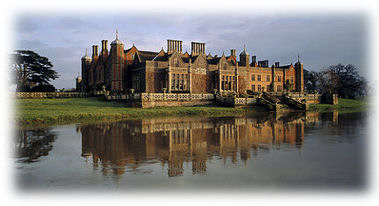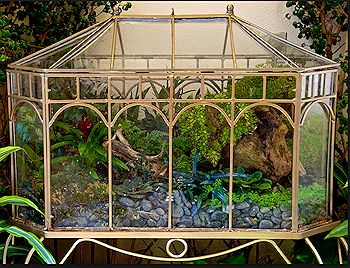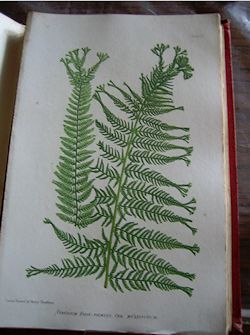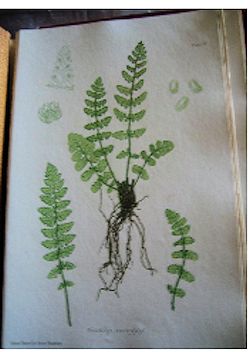Nature-printed British ferns : being figures and descriptions of the species and varieties of ferns found in the United Kingdom. By Thomas Moore, F.L.S., F.H.S., ... Nature-printed by Henry Bradshaw. In two volumes. (1863). 51 plates. European ferns by James Britten, F.L.S., Department of Botany, British Museum. With coloured illustrations from nature by D. Blair, F.L.S. (1882) You may have seen recent reports that mushroom foraging is getting out of hand. People used to forage for mushrooms for their personal use and this had no detrimental effect. Now however, mushroom foraging has been witnessed on an industrial scale with Eastern European gangs coming out of the wood with vans carrying numerous trays piled high with mushrooms. Unfortunately they are not selective in what they take but clear out everything, sorting the edible ones out later. This is leaving woods like the New Forest bare. This has arisen because of the many cookery programmes on the television leading to a greater interest in foraged foods as well as Restaurants offering foraged mushroom dishes. They pay well for a constant supply of good mushrooms. Exactly the same thing happened with ferns in Victorian times. This was described as Pteridomania (Fern fever) This went hand in hand with the development of the railways opening up previously inaccessible areas. Furthermore ferns had been one of the least studied groups so there was a good chance of discovering a new species and perhaps even getting your name attached to one. Ferns could be grown in greenhouses but also indoors in a mini-greenhouse known as a Wardian case.
Many of the rarer species became near-extinct due to the activity of fern collectors. Searching the Charlecote library catalogue I found the two books on ferns listed above. I was interested to see the Moore/Bradbury volume because of the nature printing. It was the first book to be printed in Britain using this technique where the illustrations are printed direct from the plant so are more accurate than paintings. It was written by Thomas Moore who was the curator of the Chelsea botanic garden and co-editor of Gardener's Chronicle. The volume was edited by the eminent botanist and horticulturist John Lindley. Henry Bradbury was responsible for the nature printed plates. There are various methods that can be used. One is to roll ink onto the fern frond and then impress it onto the paper. This can only produce a very limited number of copies. For book printing the frond was placed between a sheet of steel and something softer such as lead. Under pressure the fern will imprint in the lead. The lead can then be electroplated and the printing done from that. This can be used a number of times. The imprint can be coloured before printing or the printed pages can be hand-coloured. The benefit of this process is that it reproduces even the minutest details. It is only suitable for flat objects so ferns and seaweeds are particularly suitable. When Julie Griffith came to get this book off the shelf for me she found it had a ribbon round it indicating it was too unstable to be lifted down. I had to wait for the visit of the book conservator Yvonne Lewis. Together we examined the book. It is a very thick book but the pages had not been sewn. They had been stuck edge-on onto an adhesive spine in the same way that paperback books are made. Over a couple of centuries the adhesive properties had been lost so effectively we had a pile of separate sheets between two covers. This did make the photography simple!
The later Britten book had chromolithographed plates.
Both books were initially sold as monthly instalments.
Len Mullenger is a Sunday volunteer guide. Any comments are welcome and can be sent to len@musicweb-international.com All articles can be read at http://www.musicweb-international.com/Charlecote
Return to Index page |




